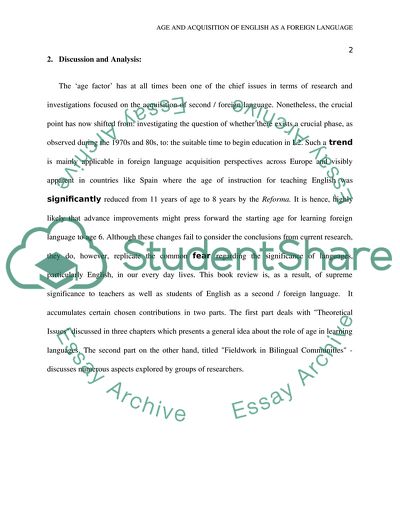Cite this document
(“Age And Acquisition Of English As A Foreign Language Essay”, n.d.)
Retrieved from https://studentshare.org/education/1554919-age-and-acquisition-of-english-as-a-foreign-language
Retrieved from https://studentshare.org/education/1554919-age-and-acquisition-of-english-as-a-foreign-language
(Age And Acquisition Of English As A Foreign Language Essay)
https://studentshare.org/education/1554919-age-and-acquisition-of-english-as-a-foreign-language.
https://studentshare.org/education/1554919-age-and-acquisition-of-english-as-a-foreign-language.
“Age And Acquisition Of English As A Foreign Language Essay”, n.d. https://studentshare.org/education/1554919-age-and-acquisition-of-english-as-a-foreign-language.


